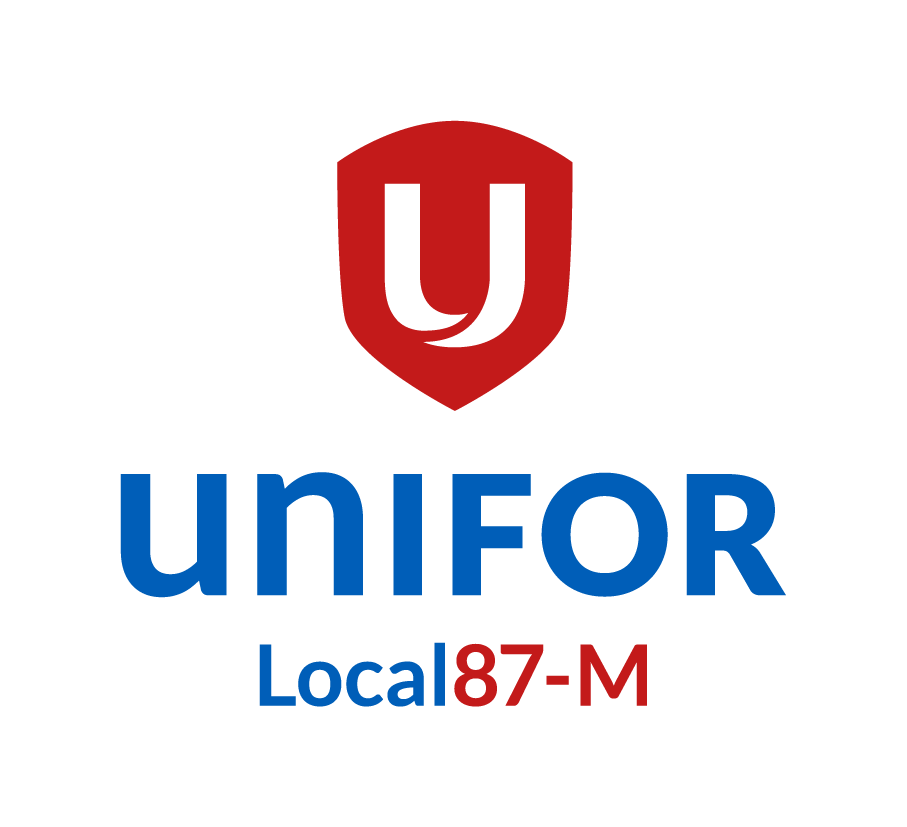Unifor's Discussion Paper
READ UNIFOR'S ANTI-HARASSMENT PAPER HERE
WHAT IS THE PROBLEM?
All workers – including journalists and media workers – have a fundamental right to work and live free from harassment and abuse.
However, the day to day reality for journalists and media workers is that harassment and abuse are rampant, both online and in person.
Further, a great deal of this mistreatment is rooted in white supremacy, racism, sexism, xenophobia, homophobia and transphobia, Islamophobia, and other systems of oppression.
Online harassment and in-person harassment are closely linked and they seem to feed off each other in a negative feedback loop.
DEFINING HARASSMENT
- The concepts of discrimination and harassment are legal concepts, the definitions of which stem from provincial, federal and international pieces of human rights and health and safety legislation.
- According to Part II of the Canada Labour Code (the Code), harassment and violence means “any action, conduct or comment, including of a sexual nature, that can reasonably be expected to cause offence, humiliation or other physical or psychological injury or illness to an employee, including any prescribed action, conduct or comment.”
- This includes all types of harassment and violence, including sexual harassment, sexual violence and domestic violence.
- According to the Canadian Centre for Occupational Health & Safety, internet harassment “is the term used to describe the use of the Internet to bully, harass, threaten, or maliciously embarrass.”
